The Best Camera Smartphones in 2024 Compared and Reviewed
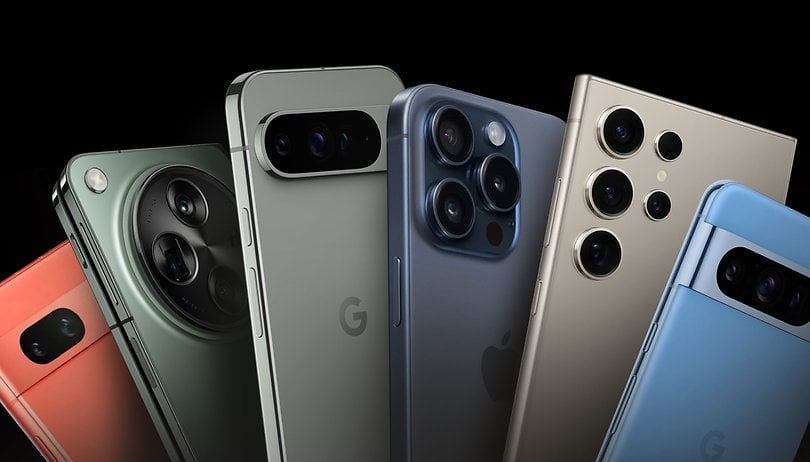

Which phone has the best camera in 2024? Summer is over and the most important camera smartphones, led by the Google Pixel 9 Pro XL, are available to buy. In this article, we show you our five favorites and provide you with buying advice at the same time. Find out which camera phones you should buy—and what to look out for.
The best camera smartphones in 2024 compared
The best camera smartphones in 2024
If you're looking for a smartphone with a top camera, the Google Pixel 9 Pro XL and the Samsung Galaxy S24 Ultra are the best choice for Android. When it comes to video quality, we think the Apple iPhone 16 Pro is the best smartphone. If you want to take photos but don't want to spend a fortune, we also have two cheaper alternatives at the start, both from Google!
The best camera smartphone of 2024: Google Pixel 9 Pro XL
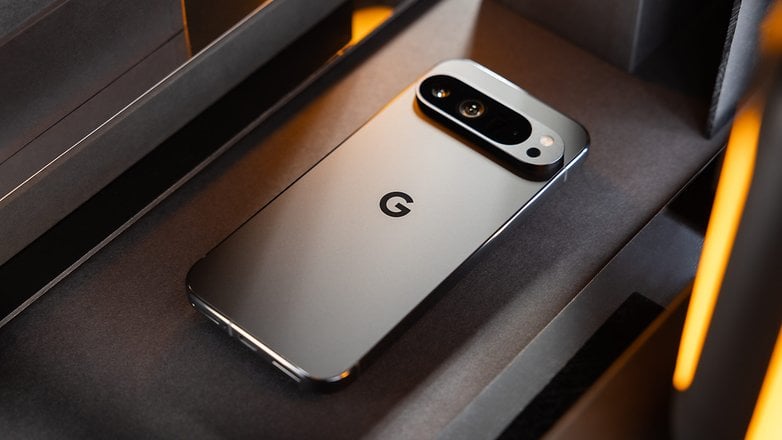
Anyone who liked the camera on the Pixel 8 Pro will of course also appreciate the camera system in the Pixel 9 Pro XL. Google has made further improvements to the AI in particular, but the selfie sensor has also been greatly improved. The sensors of the rear cameras have not changed in terms of size or resolution. However, the ultra-wide-angle sensor has a larger aperture and can therefore capture more light.
The selfie cam has gone up from 10.5 to 42 MP and the selfies taken with it are absolutely convincing overall. Our tester Antoine was a little disappointed with the night photos, although he admits that he may simply have caught unfavorable conditions. Just click through the gallery and get your own impression.
The new photo features that rely on artificial intelligence deserve special mention. The Magic Editor conjures up new elements in your picture—for example, if you find that the meadow you've photographed could do with a lot more flowers, all you have to do is click on the appropriate prompt. Google is also introducing "Add me"—a photo function that allows you to include the photographer in group photos.
In general, Google has succeeded in creating a truly top smartphone with the Pixel 9 Pro XL. A Pixel phone has never felt more elegant and the hardware also speaks for itself: Google Tensor G4 SoC, high-resolution OLED display with a 6.8-inch screen diagonal, 16 GB RAM and up to 1 TB storage space are just some of the impressive specs. The premium phone is available from $1099—if the device is too big or the price too high, you can alternatively opt for the identically equipped but smaller 6.3-inch Pixel 9 Pro.
Good
- Elegant, comfortable design
- Extremely bright screen
- Excellent autonomy
- Gemini Nano finally comes in handy
- 7 Android updates + 7 security updates
- Good daytime photo quality
Bad
- Gemini Live's appeal rather limited
- Slow wired charging
- Disappointing nighttime photo quality
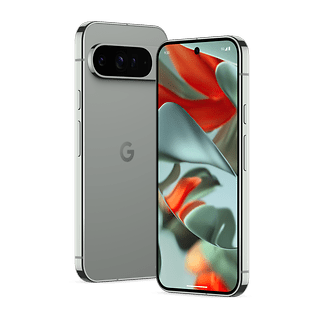
The best Android alternative: Samsung Galaxy S24 Ultra
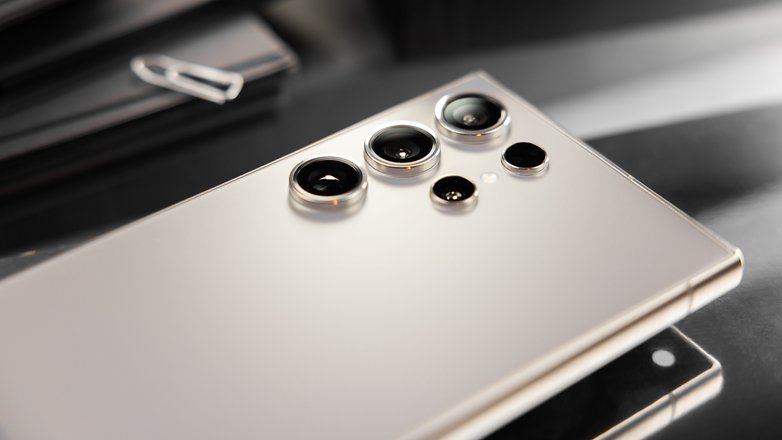
The Galaxy S24 Ultra is undoubtedly one of the best smartphones you can buy in 2024, and this is mainly due to its excellent camera module, which shines with its versatility.
The change from 10x to 5x optical zoom has not detracted from the photo quality, on the contrary: The zoom has even gained in clarity. The S24 Ultra also has an impeccable main lens under all circumstances, a convincing ultra-wide angle in daylight, and first-class selfie quality. The smartphone continues to record in 8K and once again has many exciting recording modes integrated.
This year, you can even use the many retouching options of Galaxy AI with the Galaxy S24 Ultra. I invite you to read our review of Samsung's AI to find out more.
In addition to an exceptional camera smartphone, you get an all-round smartphone with a beautiful 120Hz screen, impressive performance, and impressive battery life. Samsung now even promises seven years of Android updates and seven years of security patches.
Good
- Premium titanium design
- Flat 120 Hz screen, more ergonomic, and as bright as ever
- Top performance and battery life
- Efficient and (slightly) less versatile camera module
- Integrated S Pen
- 7 Android updates & 7 years of security updates
Bad
- Expensive
- Galaxy AI functions are still too gimmicky
- Charging speed is far too slow
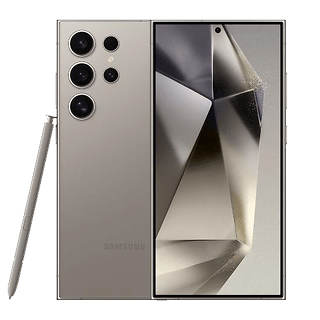
The smartphone for the best videos: iPhone 16 Pro
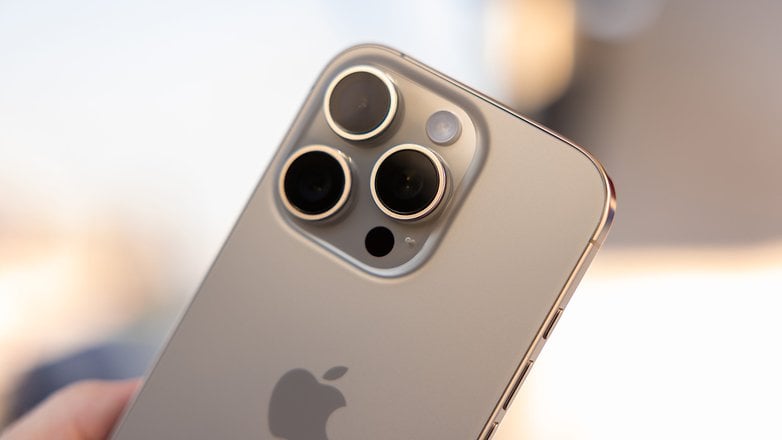
If you're more at home in the Apple cosmos, you'll probably have scrolled past the above sections anyway, because you take photos with your iPhone anyway, right? The good news is that the iPhone 16 Pro, which we are currently testing in detail, logically also has exceptionally good cameras.
Even though our review has not yet been completed, Fabi is already extremely impressed by the iPhone 16 Pro's photo and, above all, video capabilities. We'll soon be able to give you much more information about the cameras, so hang in there. In addition to the 48 MP main camera, the new Pro, like the Pro Max, now also has a 48 MP sensor for ultra-wide angles and the device's telephoto camera now has the same optical 5x zoom in tetraprism design that was only available for the Pro Max in the previous year.
The Pro is capable of recording 4K120 videos (with all the usual HDR and codec goodies) and allows you to enjoy buttery-smooth slow motion. It is also impressive how precisely you can bring the voices to the foreground (or fade out the others) so that you can hear exactly what you want to hear when watching.
- You should also read: A comparison of the cameras in the iPhone 16 Pro and iPhone 15 Pro
Good
- High-quality workmanship with more robust material
- Improved camera, especially at night
- Noticeably longer battery life
- Camera Control button is really fun
- Powerful A18 Pro chipset
Bad
- No major changes compared to the iPhone 15 Pro
- No Glowtime without Apple Intelligence
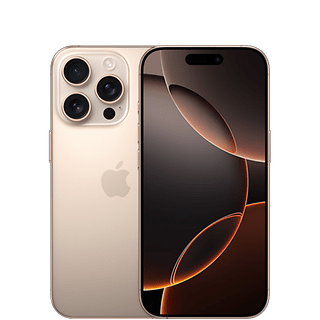
Best camera smartphone up to $600: Google Pixel 8

Thanks to price reductions, the Pixel 8 makes it onto this list as our recommendation for under $600. In our test, perhaps not everything was really gold with the Pixel 8 (the price as the biggest point of criticism has at least been resolved), but the phone's 50 MP camera is once again beyond reproach. Great snapshots are taken both day and night and the AI features do the rest.
The ultra-wide-angle images are also pleasing, although this sensor is a little weaker when taking night photos. The digital zoom does not replace a real telephoto sensor, but the results are still really great with a 2x zoom. So you want a Pixel phone, but not one that demands a four-figure sum from you? Then give the Pixel 8 a chance!
Good
- Seven years of security and feature updates
- Excellent Pixel camera
- Good everyday performance
- Good enough battery life
- Bright and fast 120 Hz display
Bad
- Google's graveyard of dead promises
- Not so fast charging
- More expensive than the Pixel 7
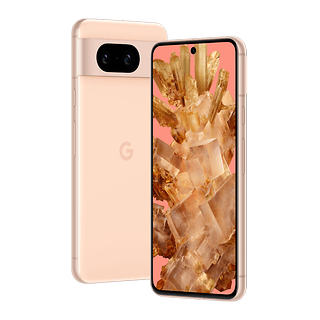
Best camera smartphone up to $400: Google Pixel 7a
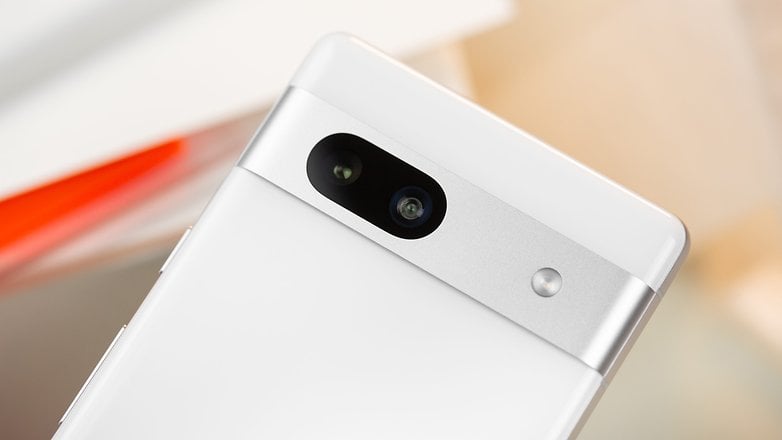
If the Pixel 7a impressed us so much that we gave it the highest rating of 5 stars, it's because of how powerful Google's mid-range smartphone is. Logically, this quality is also reflected in the camera module, which is pretty impressive considering the price.
The main camera shoots bright, vivid images that bring out the natural colors of the scene and offer excellent contrast both day and night. The 2x digital zoom is fantastic, and the ultra-wide-angle and selfie lenses are also on par with the good image quality, making the Pixel 7a truly versatile.
Apart from the camera, the Pixel 7a really gets your money's worth, whether it's the 90 Hz OLED panel, the Tensor G2, the IP67 certification, or the battery life. Google also promises a good update policy for this segment, with three years of Android updates and five years of security patches. The phone is currently available for less than $330.
Good
- Compact design
- Top-notch performance
- Versatile and trustworthy camera
- All-day long battery
- Wireless charging
Bad
- Slow charging time
- No power adapter in the box
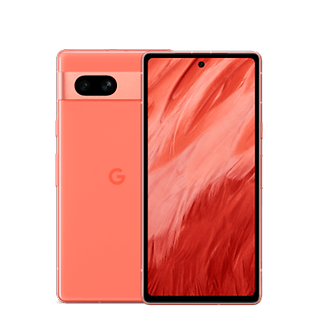
Buying guide: How to find the best camera smartphone?
Before we go into more detail about our selection of smartphones with the best cameras, we would first want to elaborate on a few basic smartphone camera features that you will come across time and again in our reviews.
What distinguishes a good camera from a bad one?
Detailed reproduction
When it comes to a detailed reproduction of a scene, the more pixels the better. This is because you can print larger photos or crop them later and still end up with a pretty good-quality image. While almost all current smartphones offer excellent quality with the main camera, it is the zoom performance that separates the wheat from the chaff. For example, if having powerful zoom is important to you, you should choose a smartphone with two zoom lenses.
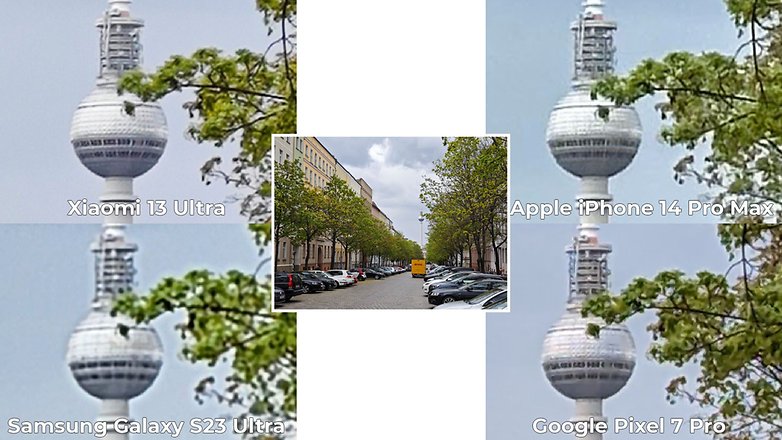
Every smartphone has different strengths and weaknesses, that's for sure. This is why you should consider where you normally snap photos. The Galaxy S23 Ultra, for example, begins to see visual quality deteriorate more starting from 3x, where it can only shoot at native focal length again at 10x. The Xiaomi 13 Ultra, on the other hand, distributes its lenses more evenly across the entire focal length range.
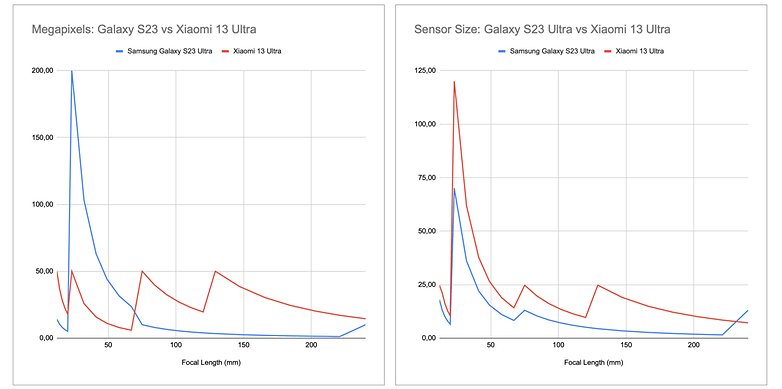
If you do not need plenty of zoom performance but prefer to take panorama shots, then it is best to look out for a powerful camera module behind the ultra-wide angle lens. Of course, a good sensor for the main camera goes a long way, too. Large sensors, in particular, are less susceptible to image noise in low-light conditions.
Finally, the manufacturer's algorithms always play an important role. Major players like Apple, Samsung, and Google—are traditionally ahead of the minnows in this department.
Colors: White balance
What is "white balance"? Your brain constantly analyzes the ambient light and answers this question for you every second, always ensuring that you can recognize colors relatively correctly. In cameras, image recognition algorithms must continuously handle this "white balance". This is easy to do so in daylight, but the difficulty ramps up in artificial or even mixed light conditions.
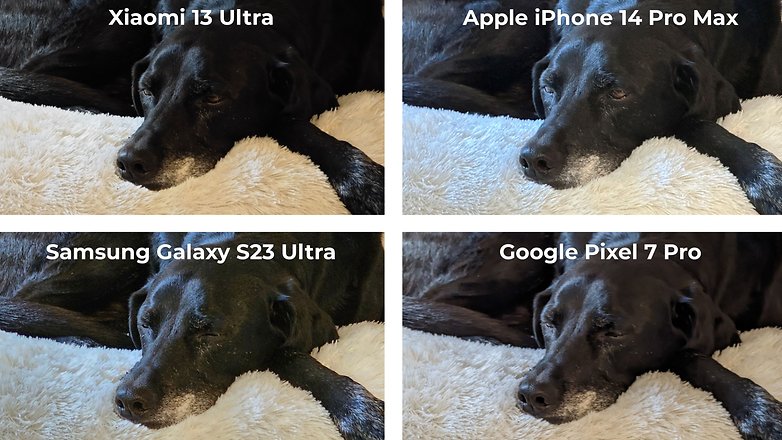
In the subject shown above, cold evening light comes in through the window from the left, and warm artificial light shines on the office dog and the creamy white coat from the right. You can see for yourself here how the four different smartphones handle color temperatures differently. Apple and Samsung are clearly too cold in this picture, the Pixel 7 Pro is very neutral and the Xiaomi 13 Ultra is a bit too warm.
At the same time, you can see the challenge of achieving correct exposure in this picture: Just like the correct white balance, smartphones also have to determine what is really bright and what is dark accurately. Which image do you like best here? I look forward to hearing your opinions in the comments!
Colors: Skin tones
It doesn't matter if you're Caucasian, Asian, or African-American: everyone's skin tone is the same. What does change—in terms of colorimetry—however, is the amount of gray. This, in turn, means that we can determine what is a good color rendering and what is not, regardless of skin type.

So, what is "good" color reproduction? We can find an answer to this, for example, in the terrific Color Grading Handbook by Alexis Van Hurkman*: For Caucasians, Hurkman recommends a saturation of 40% and about 2° above the "skin tone" line. With this, the iPhone 14 Pro Max would be a tad too yellow-green here, and all smartphones except the Xiaomi 13 Ultra would be a bit too saturated.
Besides that, there are of course numerous other parameters to consider, but most of them can be adjusted. For example, the Xiaomi 13 Ultra flattens faces quite a bit with the default settings, but the effect can be changed in portrait mode.
How many cameras are good enough?
Obviously, the more cameras your smartphone has, the more flexible you can be when taking pictures. The main sensors, for example, usually have a focal length of 24 to 26 millimeters, which is equivalent to 35 mm. This corresponds to a relatively large angle of view and is well suited for landscape and city shots, for example.
For portraits or distant subjects, however, you need a telephoto zoom lens, usually between about 70 and 240 millimeters. The higher the resolution of the main camera, the more room you have for a digital zoom without having to rely on a real telephoto lens. It is unfortunate that the law of physics simply sets limits in this aspect. On the other hand, many smartphones offer an ultra-wide angle camera that is suitable for particularly wide subjects.
All other sensors for bokeh, macro, black-and-white, and others fall under the category of "data sheet padding" and have virtually no use.
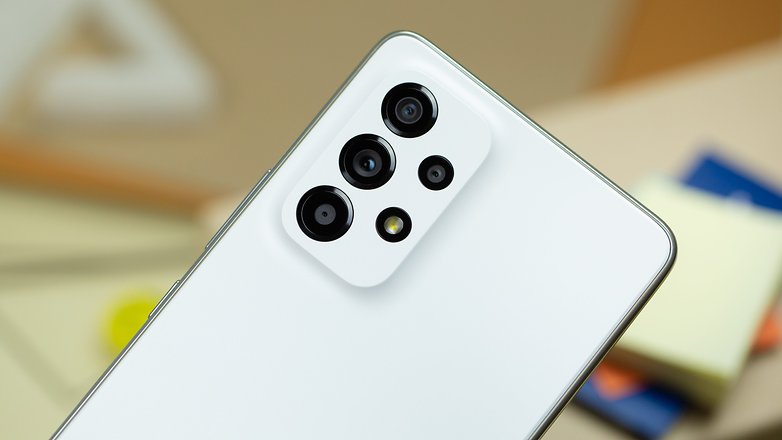
What do focal length and optical zoom mean?
The focal length of a camera is always shown in millimeters. The higher the number, the more "powerful the zoom", which translates to more magnification you get. The main cameras of smartphones usually range from 24 to 26 millimeters in 35 mm equivalent. Ultra-wide-angle cameras with "0.5x" have half the focal length and would be at 12 to 13 millimeters accordingly. A 3x telephoto zoom camera would then be 72 to 78 millimeters in 35 mm equivalent.
The optical zoom of a camera system is the ratio between the smallest and largest focal length. A camera system with 12 to 120 millimeters, therefore, has a 10x zoom. In the case of smartphones, however, the manufacturers usually calculate from the main camera—from 24 to 120 millimeters would therefore be a 5x zoom according to this calculation method, and an ultra-wide angle camera with 12 millimeters is 0.5x.
As if that weren't weird enough, manufacturers replace the upper optical focal length with an arbitrary maximum value for a digital zoom to calculate the zoom factor—and then come up with a 50x, 100x, or 200x zoom that has long since lost any meaning.
What does sensor size mean?
Another important point for estimating the image quality is the size of the image sensors in smartphones. The larger the sensor, the more light it captures and, in turn, the better the image quality. The sensor size is usually specified in 1/1.2-inch format—the smaller the number under the fraction, the larger the sensor and the better the expected image quality.
Sensor size is also directly related to pixel size via resolution. Roughly speaking, the pixel size in microns is calculated by dividing the edge length of the sensor by the horizontal or vertical resolution. The larger the pixels, the more light they capture and the better the image quality.
- Read more: Sensor sizes in smartphones explained
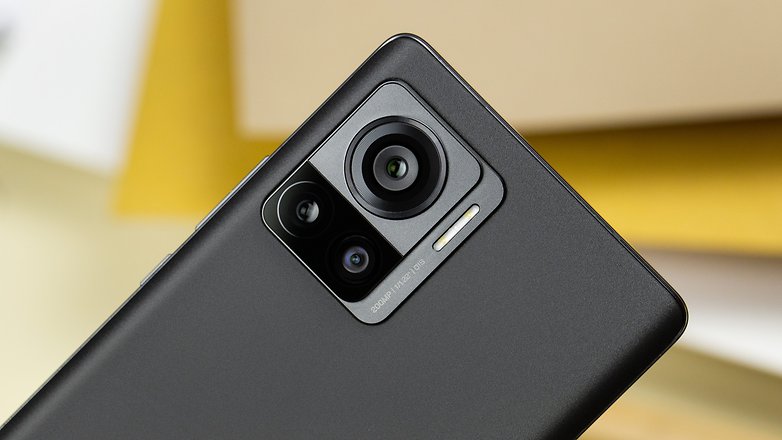
What is an aperture?
The term "aperture" describes the focal length of the optical system in relation to the diameter of the entrance pupil of the lens. It sounds complicated, but you only need to remember one thing here: The smaller the number, the more light is allowed into the sensor and the less image noise you will theoretically have at night. Therefore, F1.6 is better than F2.0. The f-number is often also written as aperture ratio, then in the format f/2.0.
- Also read: Aperture size in smartphone cameras: what use is having F1.7 in a smartphone?
- Also interesting: The Xiaomi 13 Ultra's variable aperture is more than just a gimmick!
Of all the technical key data of smartphone cameras, however, one great unknown quantity remains: image processing in the smartphone. The quality of the algorithms that convert the raw data from the sensor into JPEG or HEIC images is often more important than the technical data of the smartphone camera.
Therefore, it is always worth taking a look at our sample photo galleries, which nextpit provides in their original size for all current smartphone reviews, apart from the spec sheet.
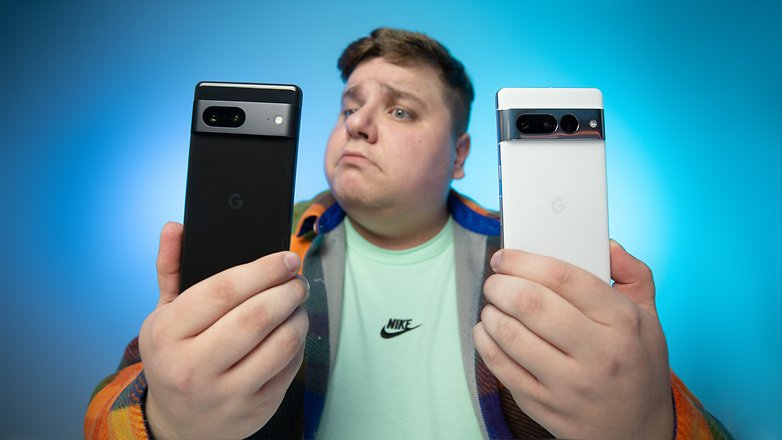
What do you think of our selection? Which models have we overlooked that you think should be included here? We'd love to hear your feedback in the comments.
This article was updated in October 2024 with the new Apple iPhone 16 Pro. The previous comments have been retained.
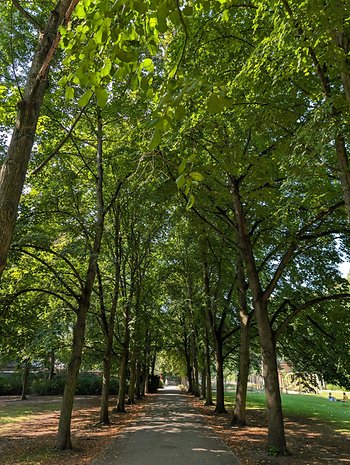
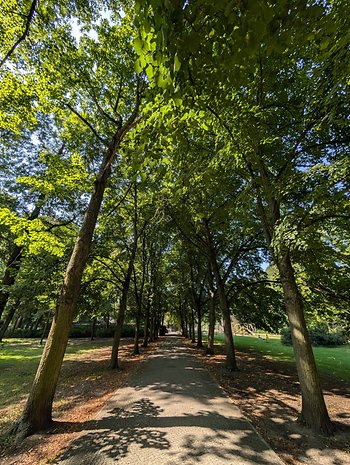
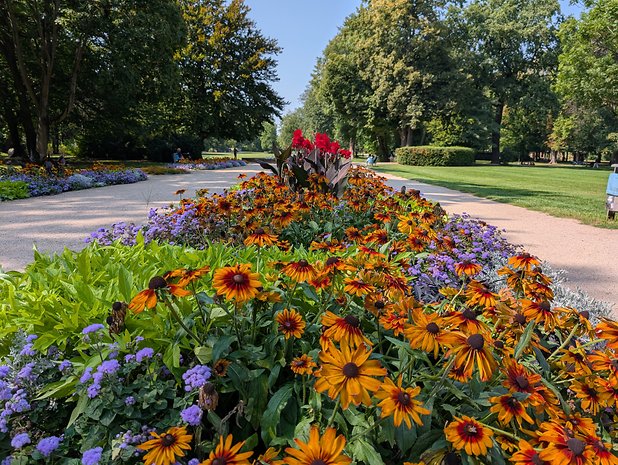


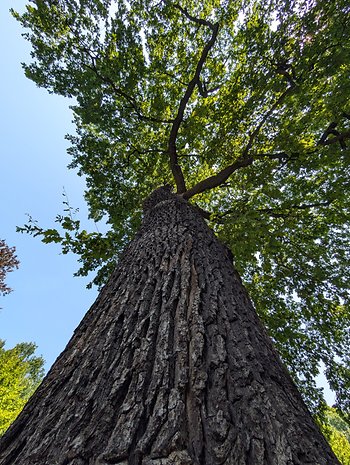
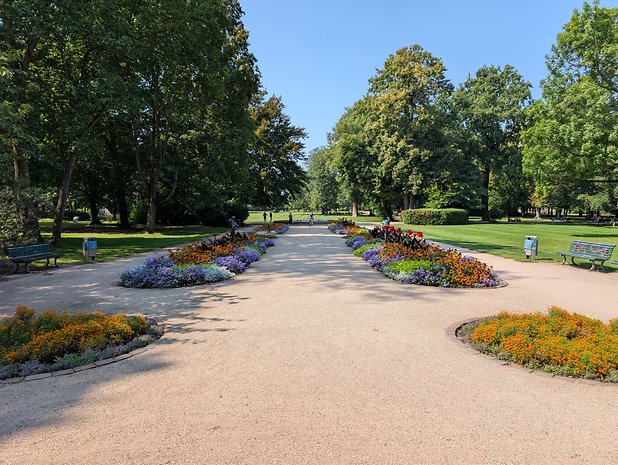

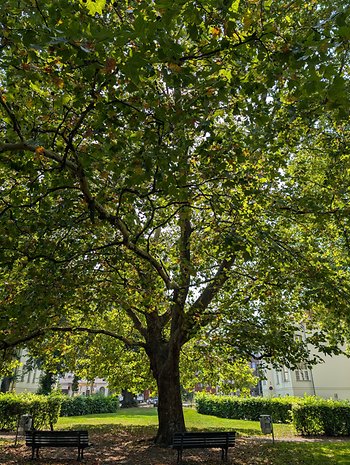
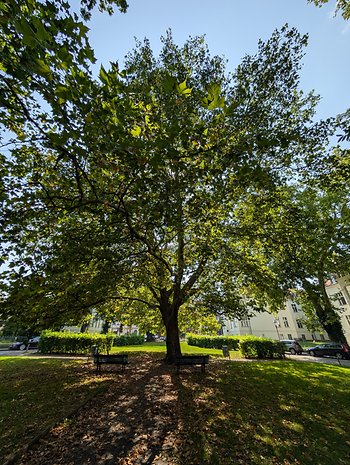


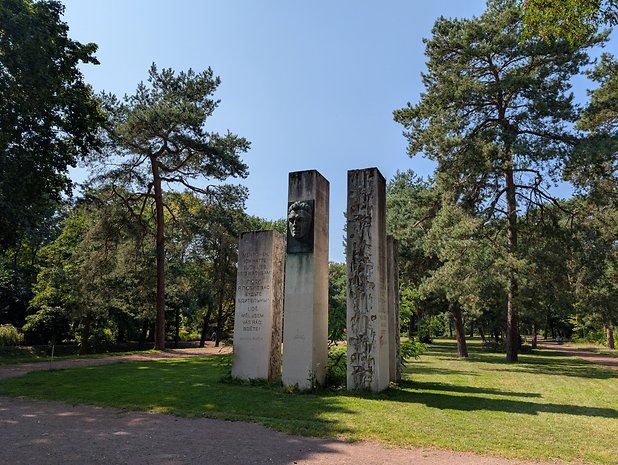
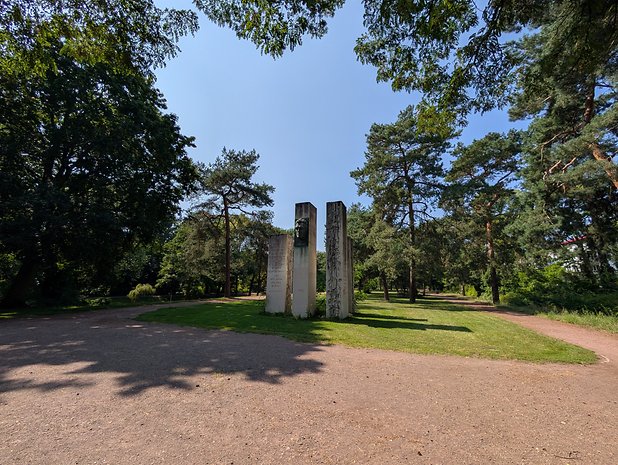
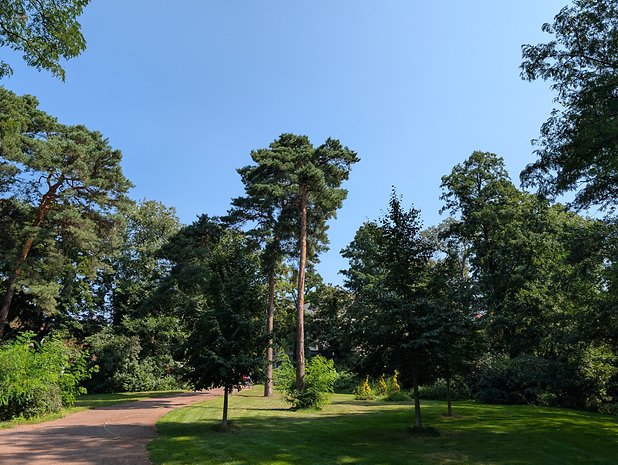
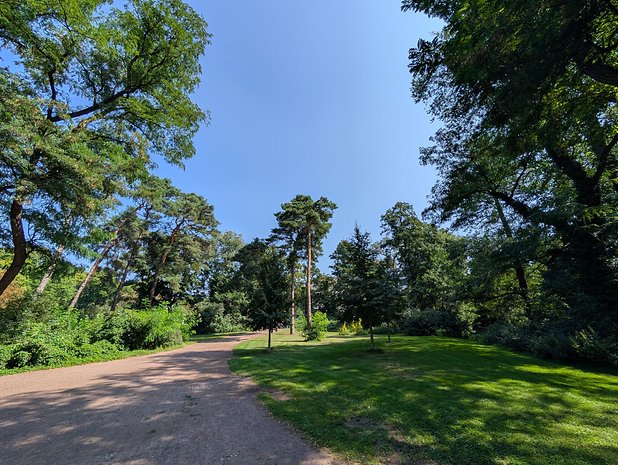
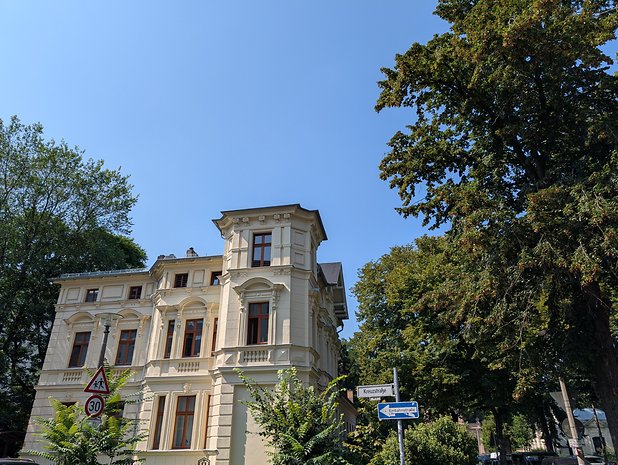
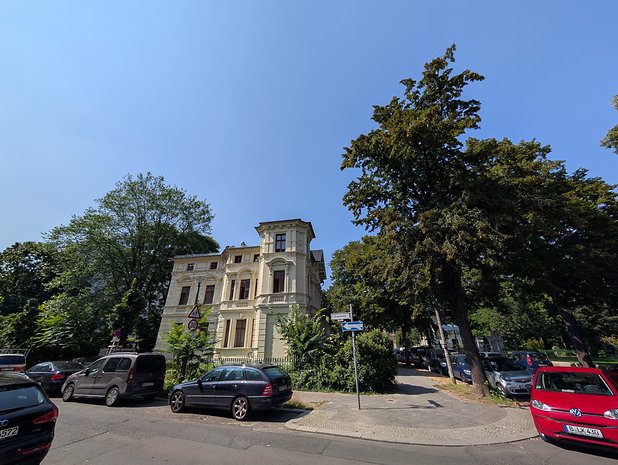




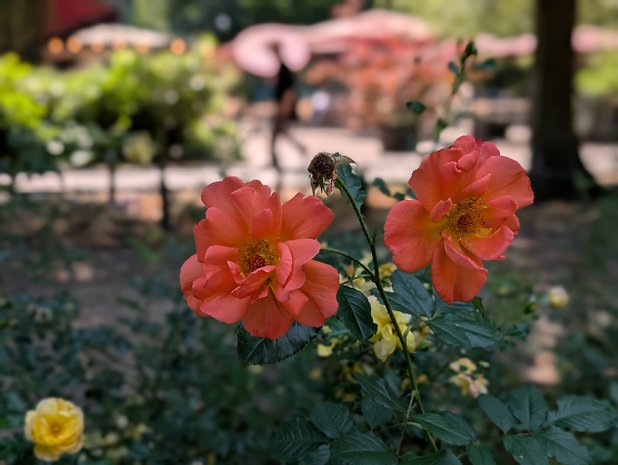
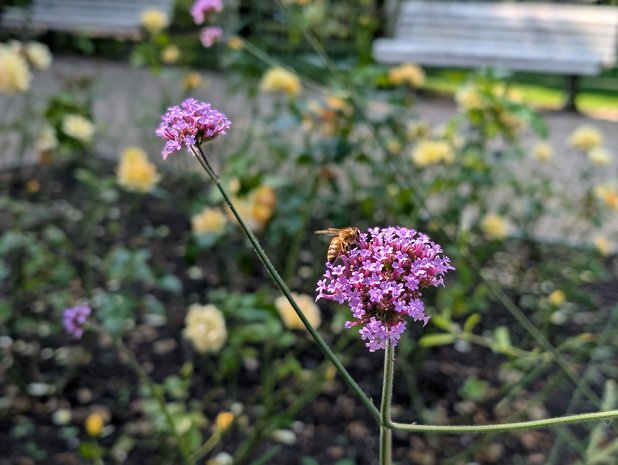
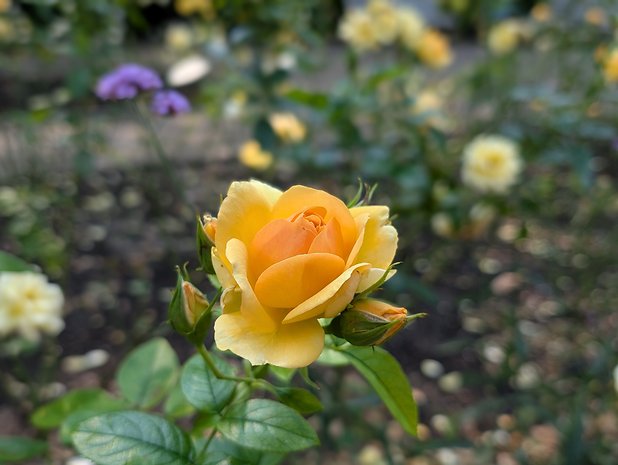




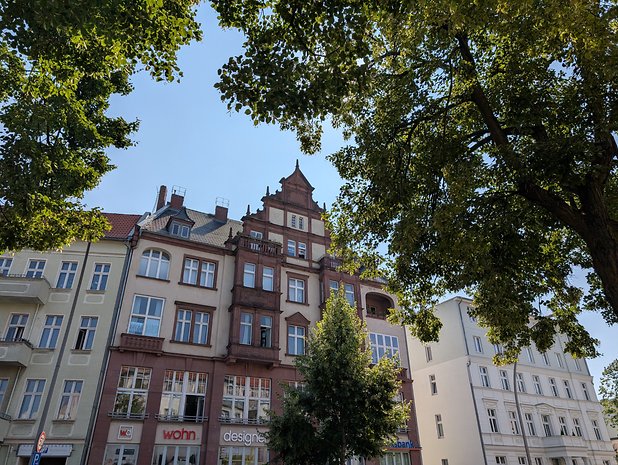

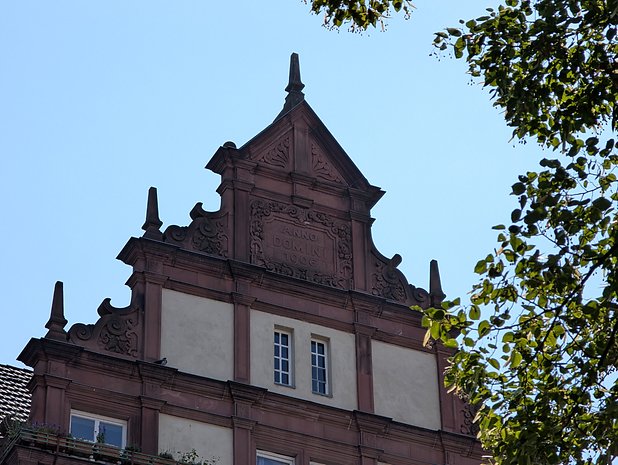


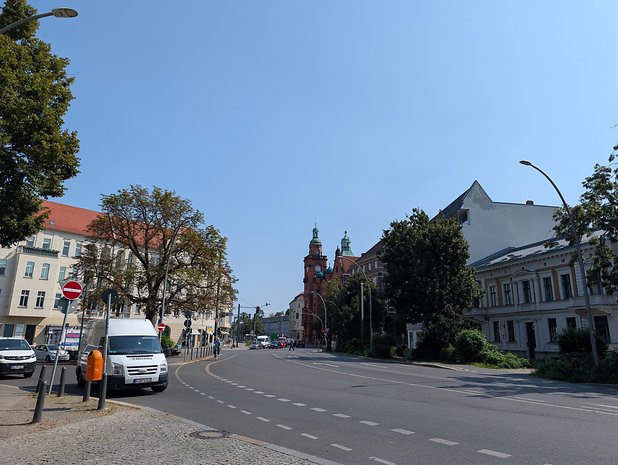
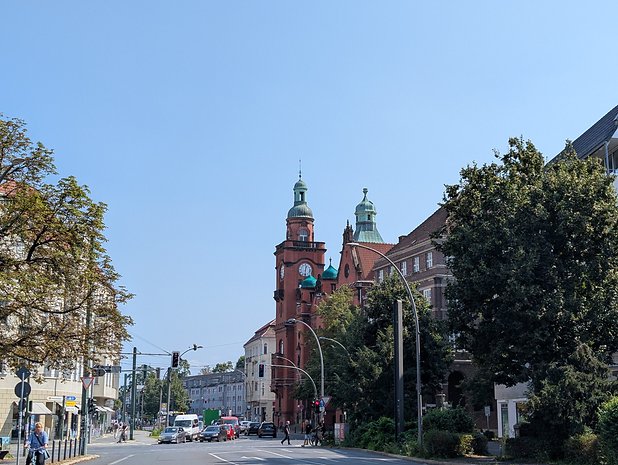
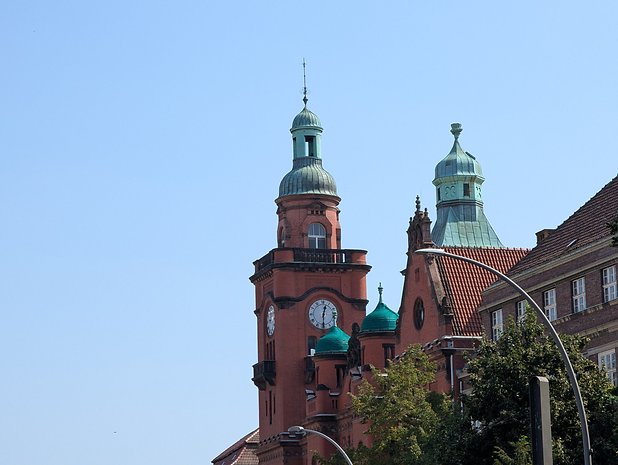


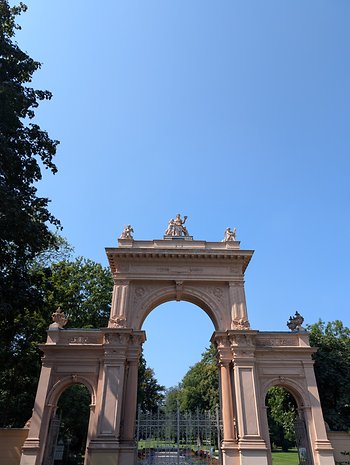
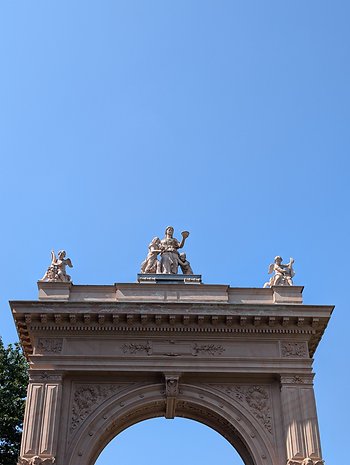
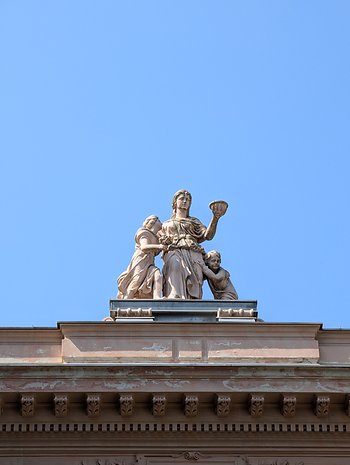


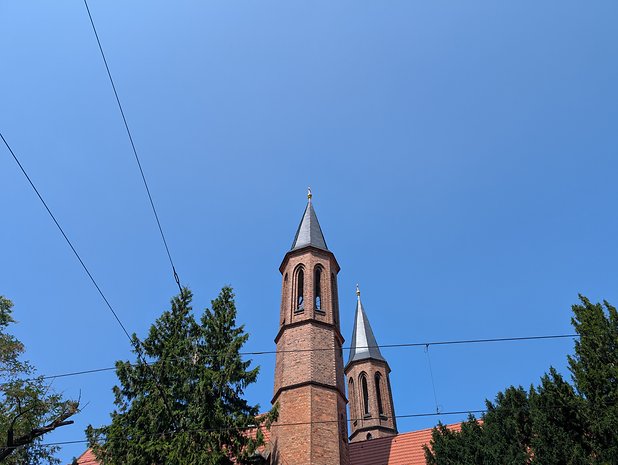
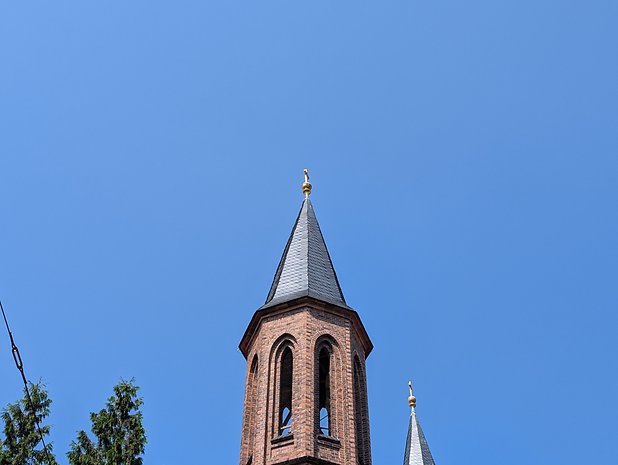
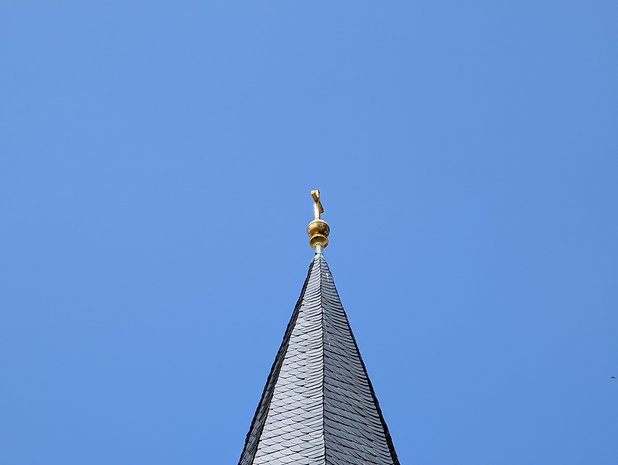
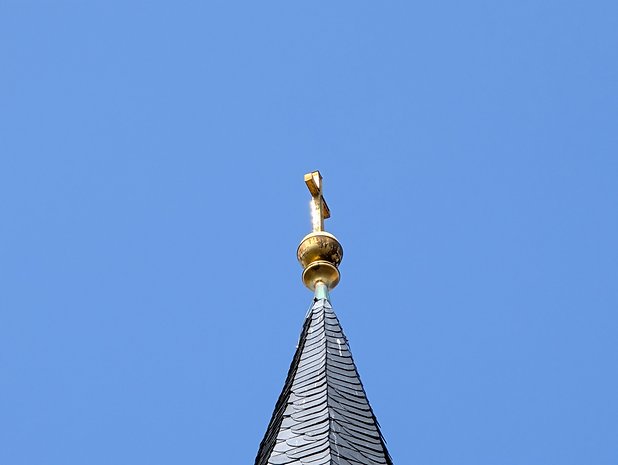
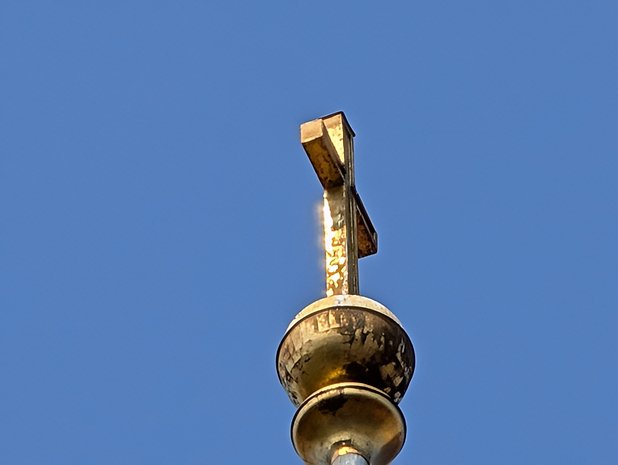
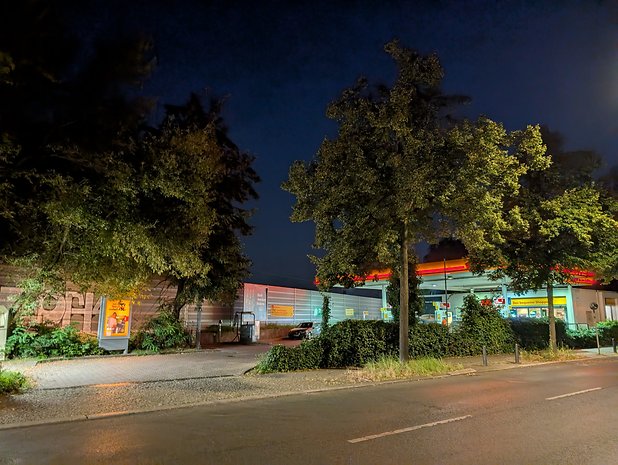
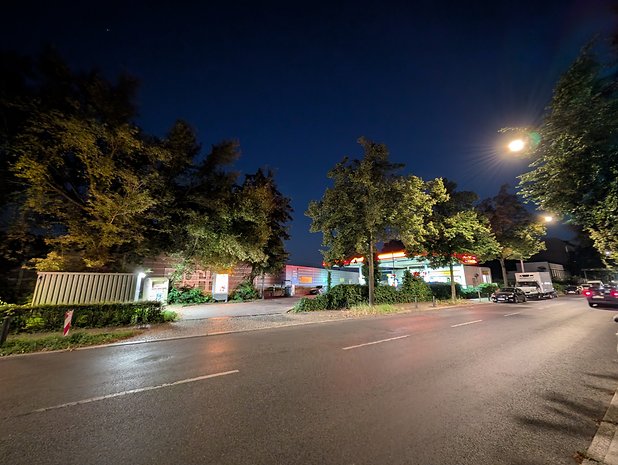




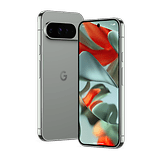
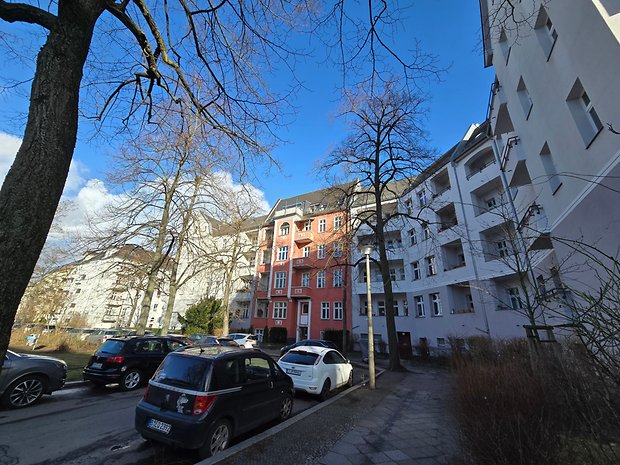
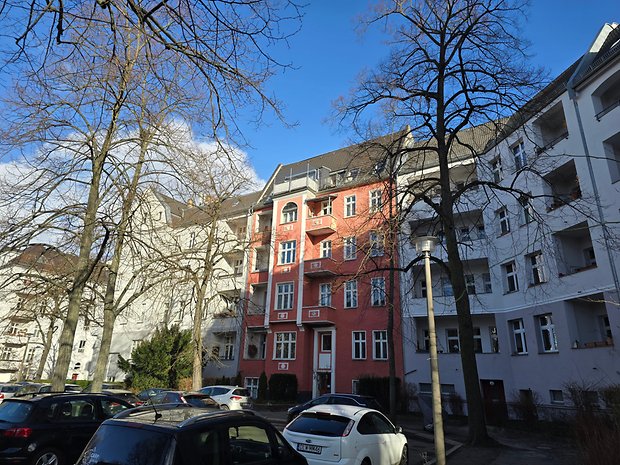
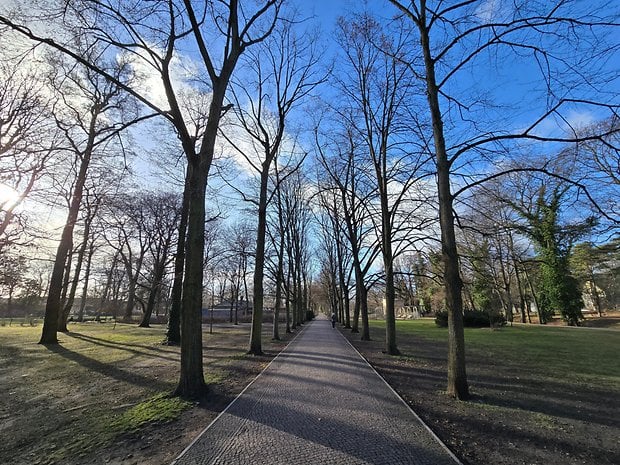
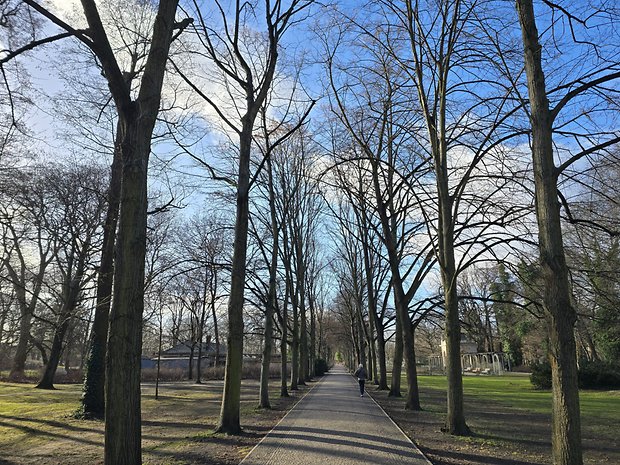


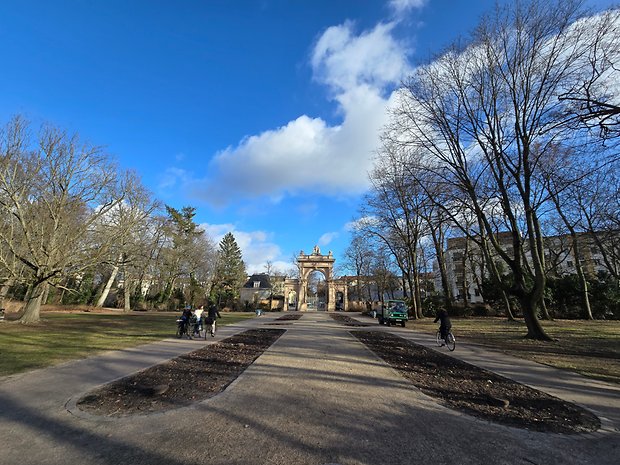

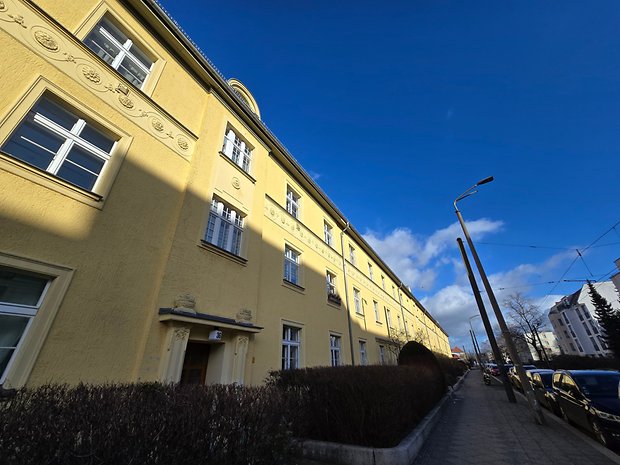
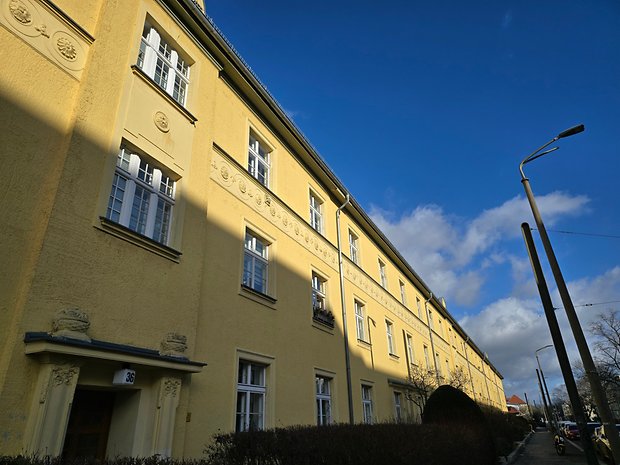










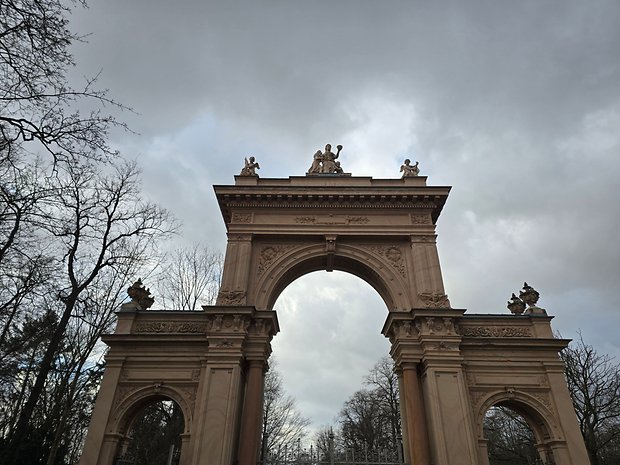
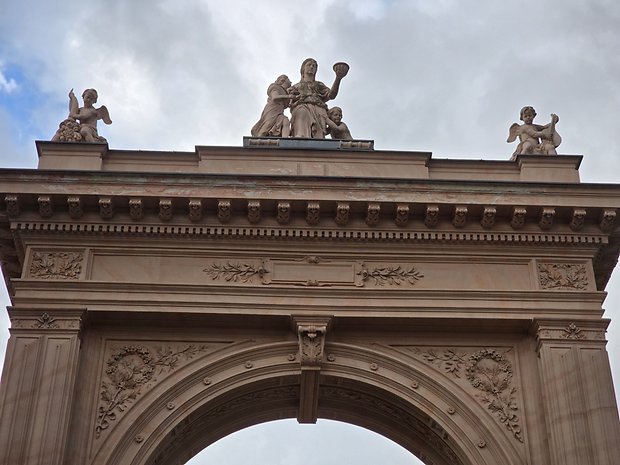




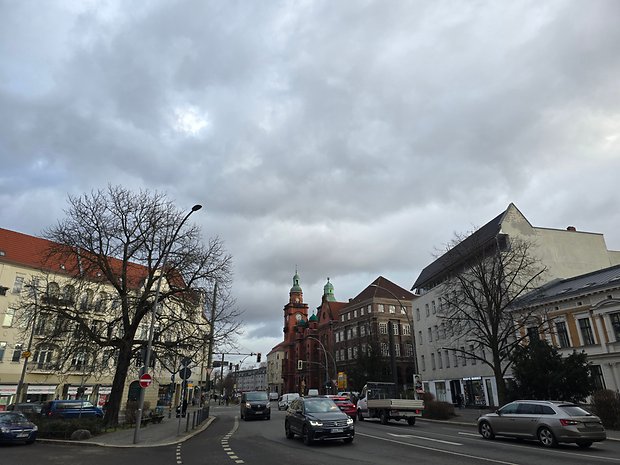



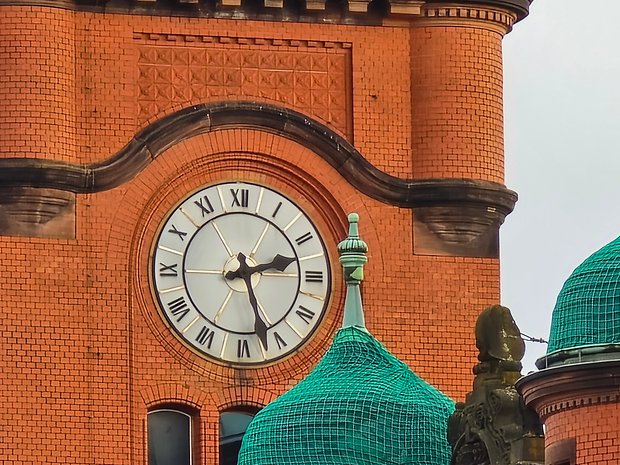
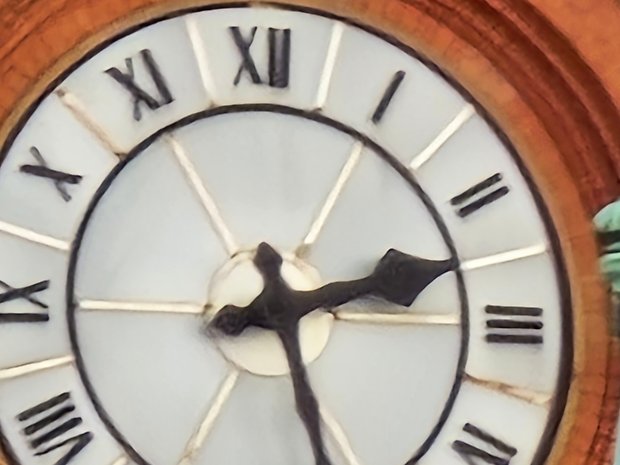
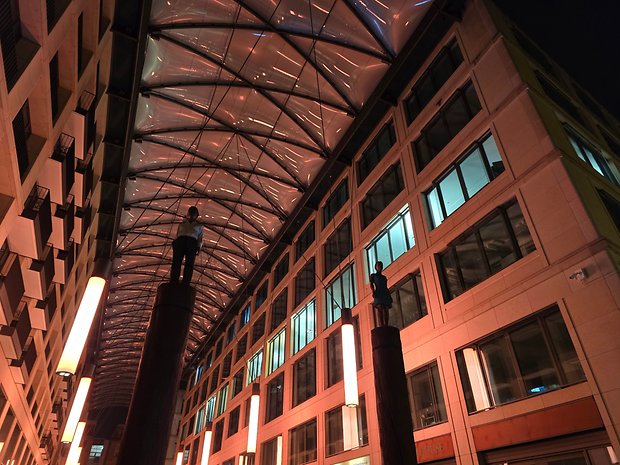
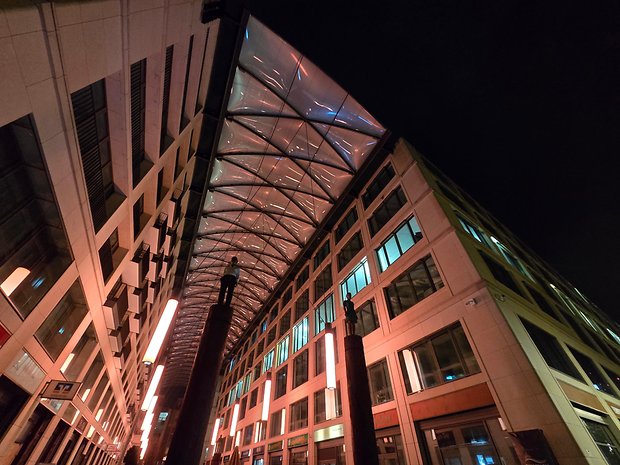
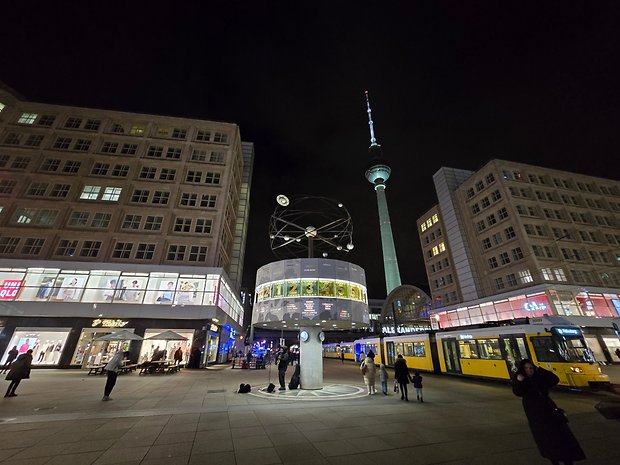

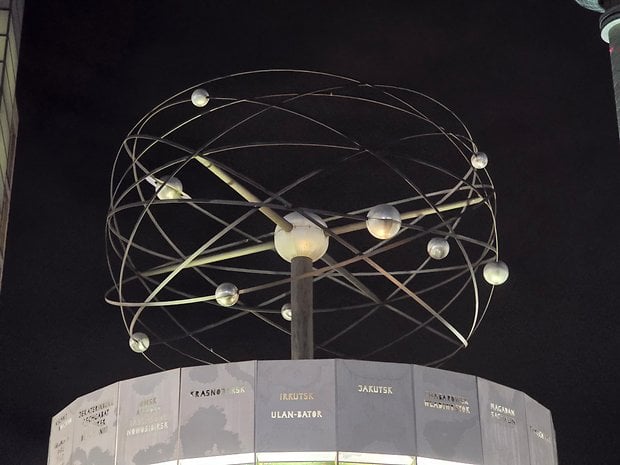
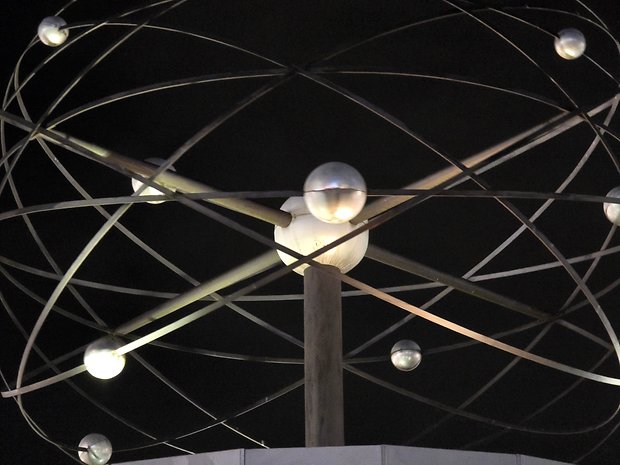


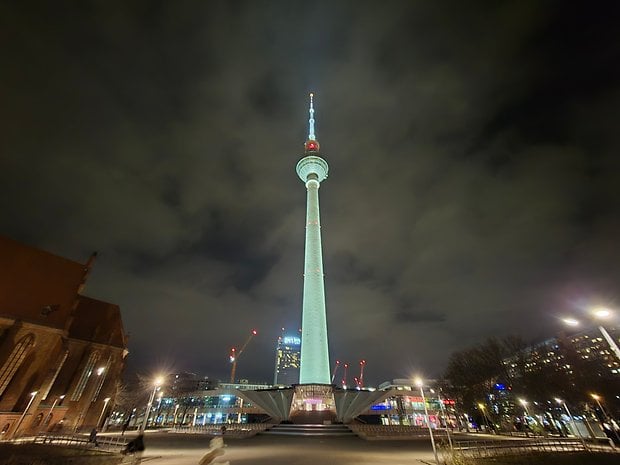
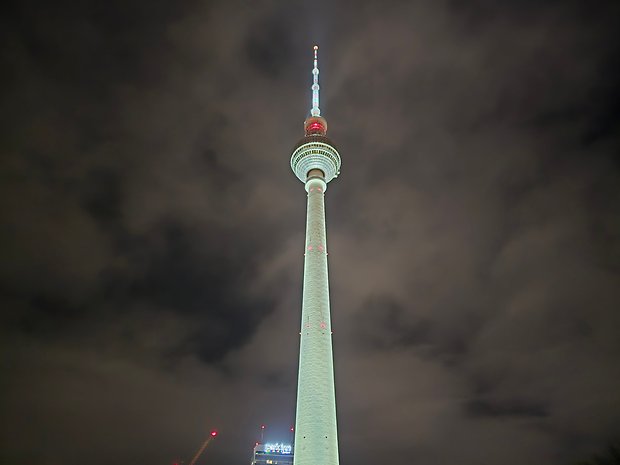
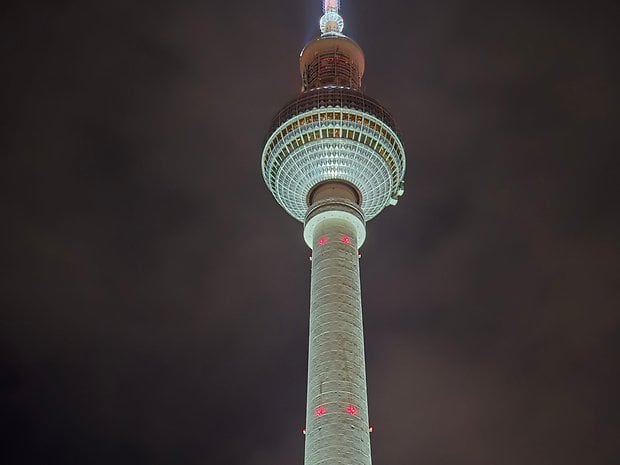
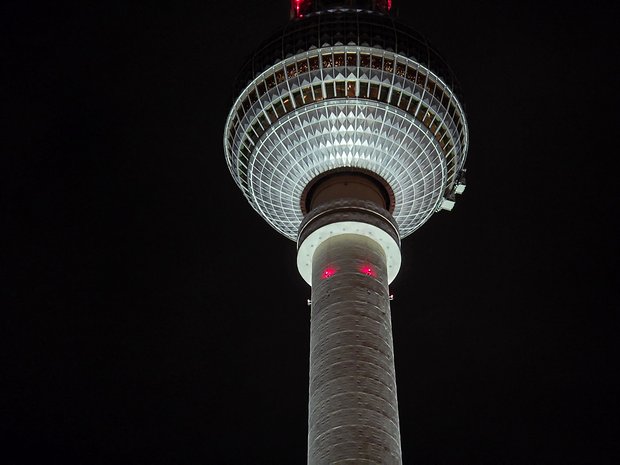
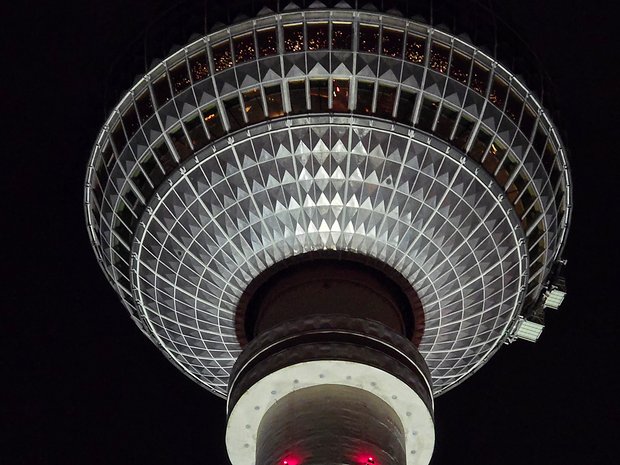


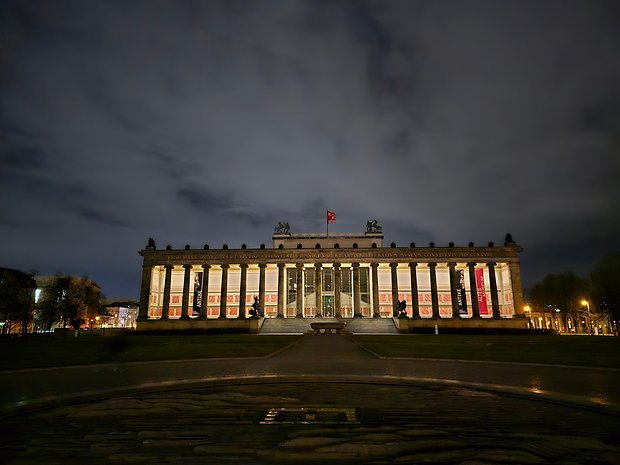
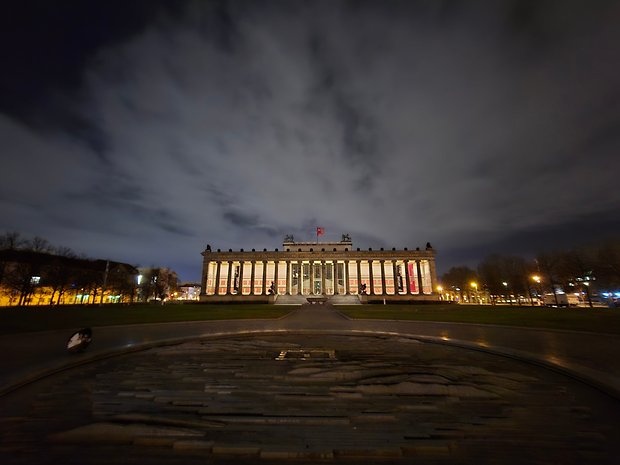






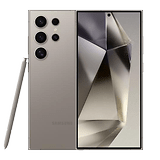
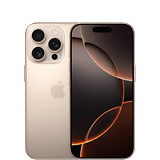
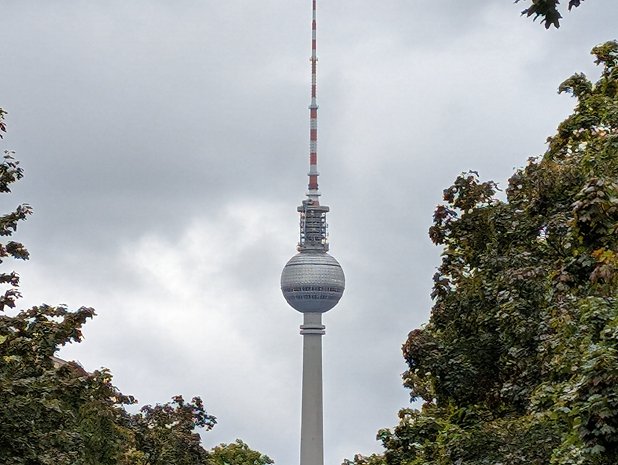

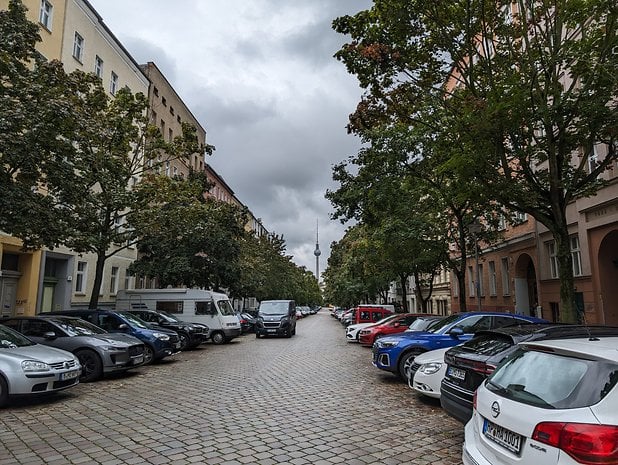
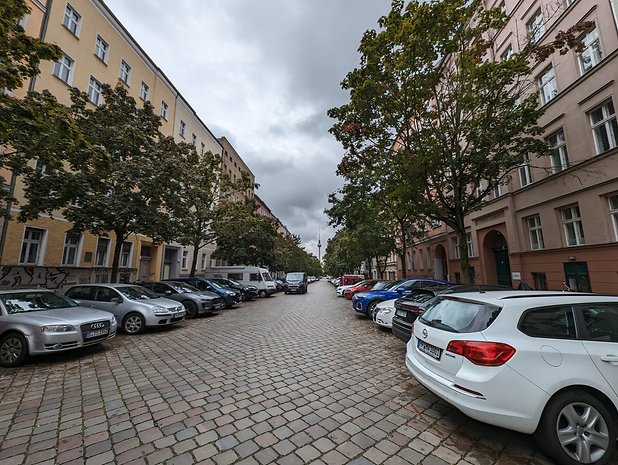






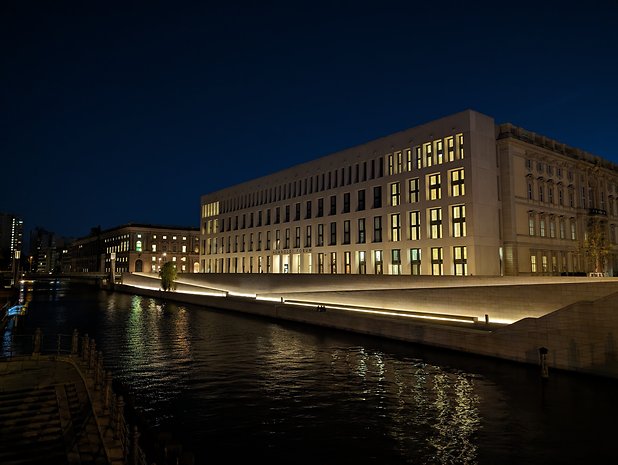

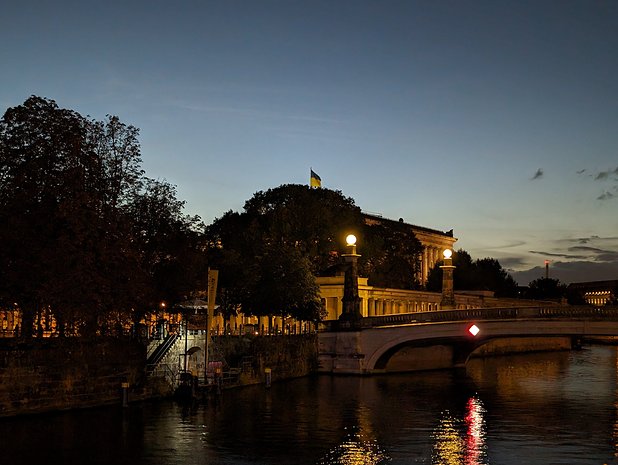
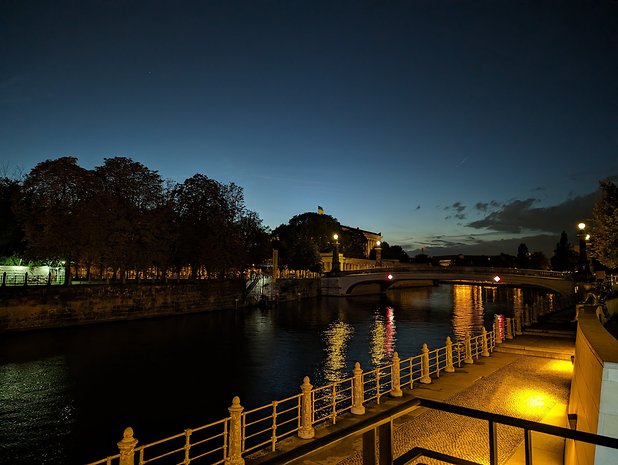
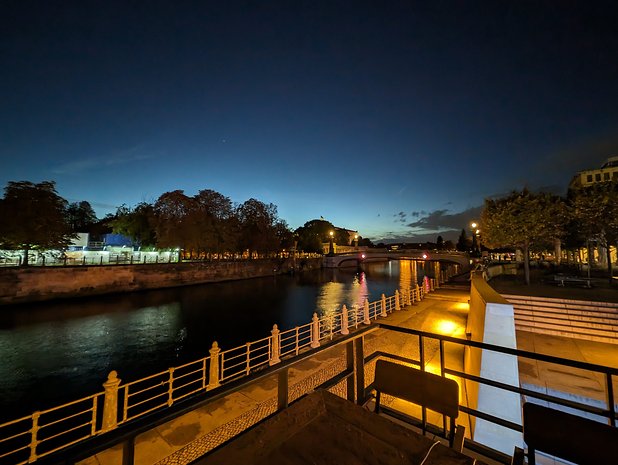


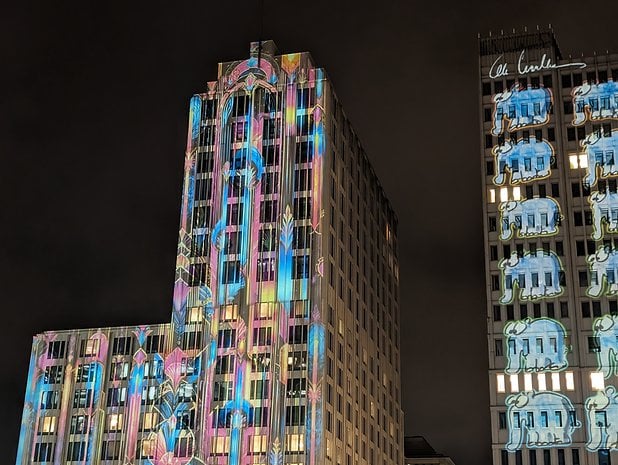
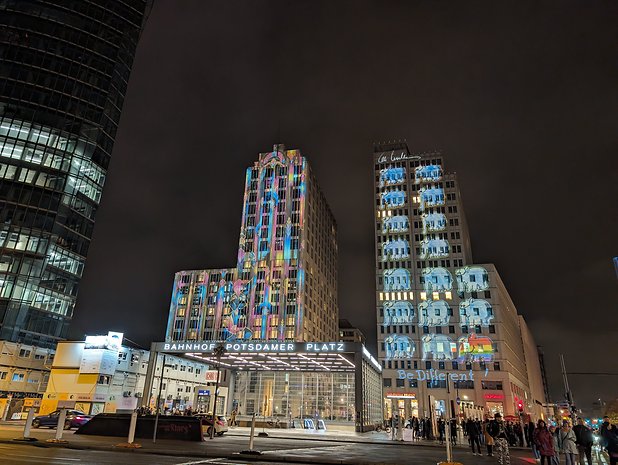


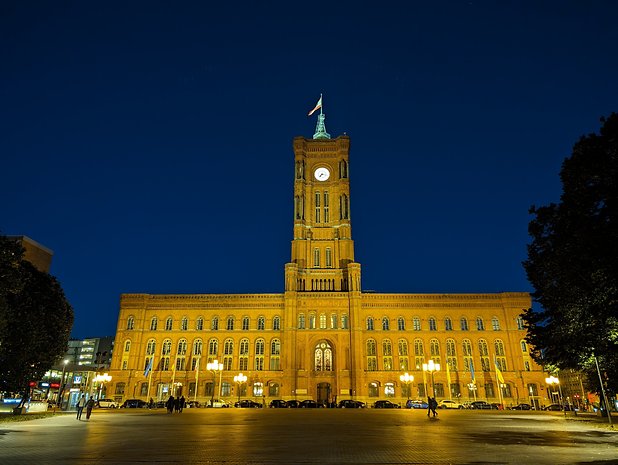






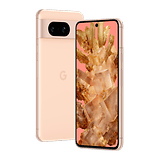
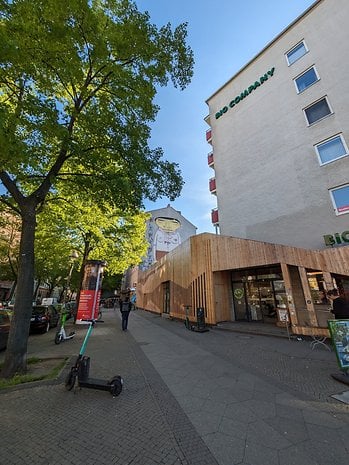


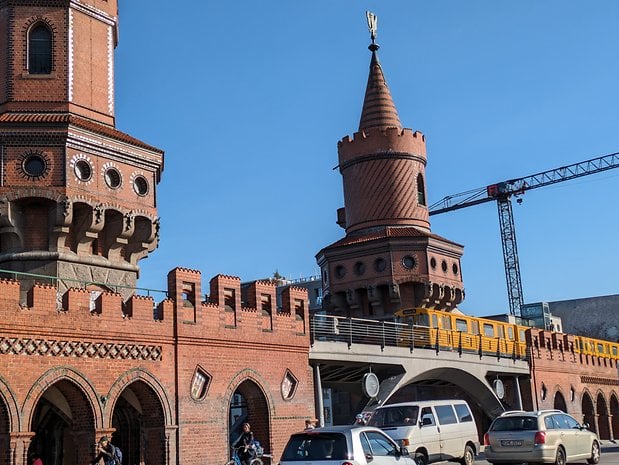
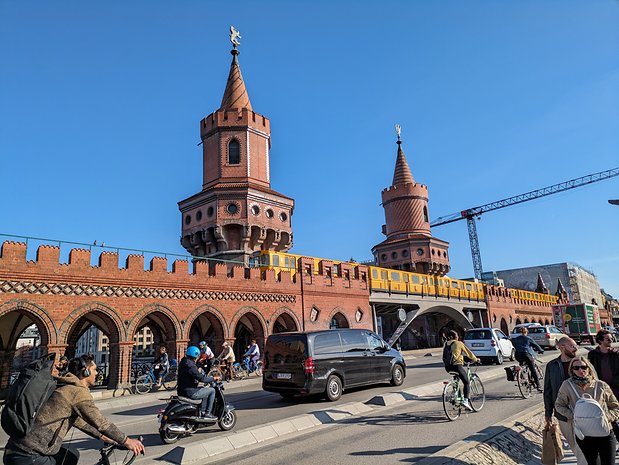

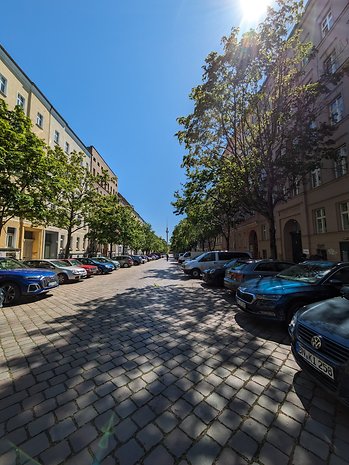
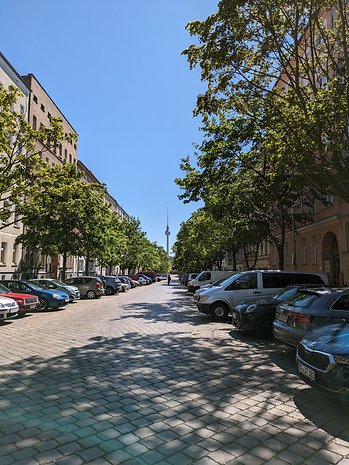

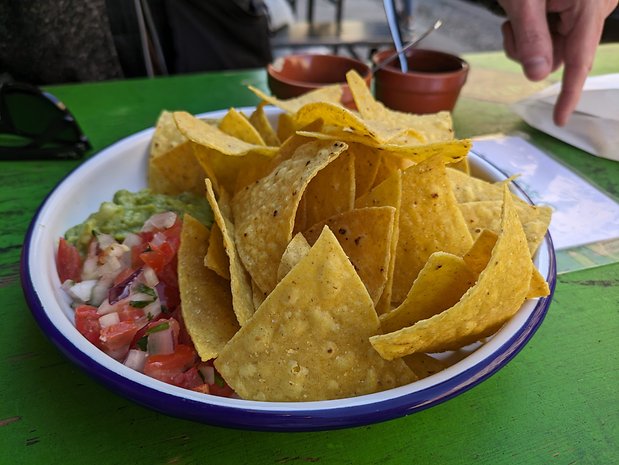
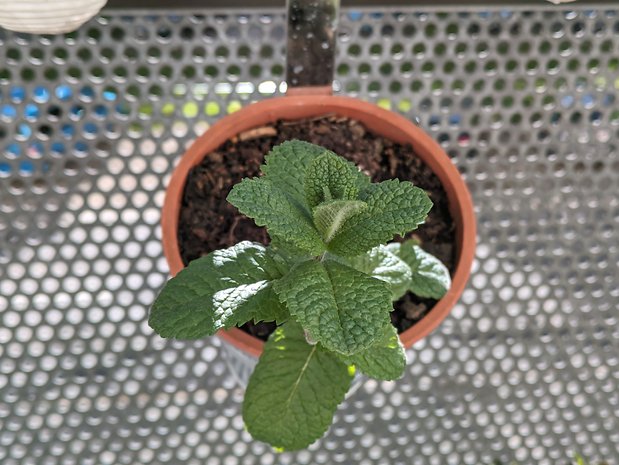
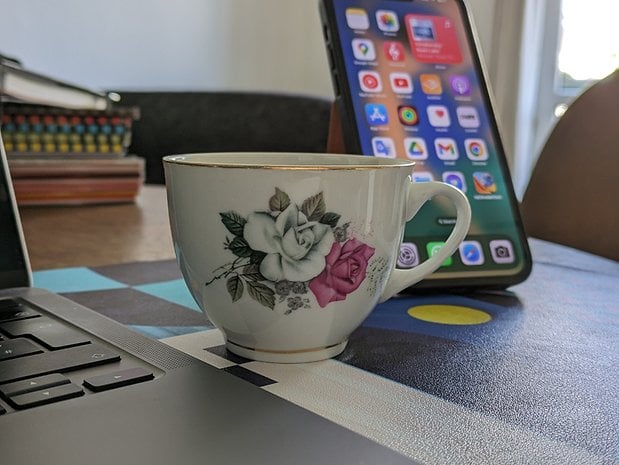
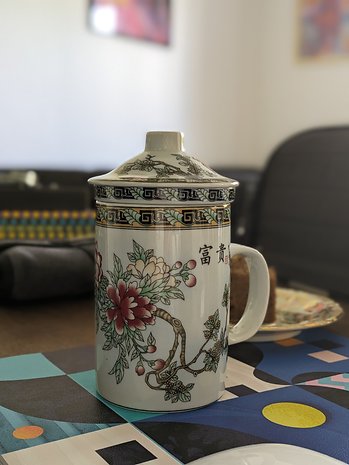
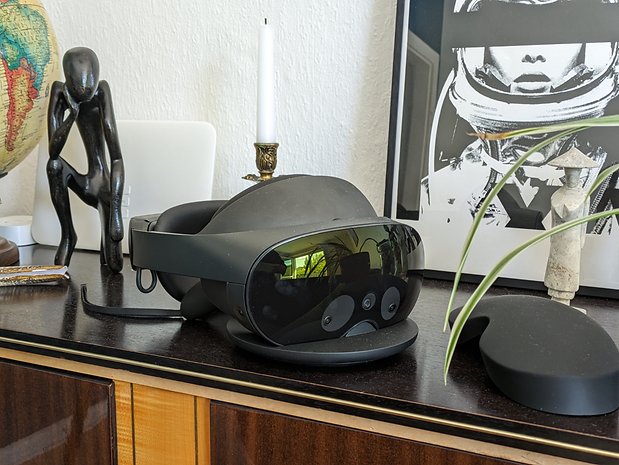
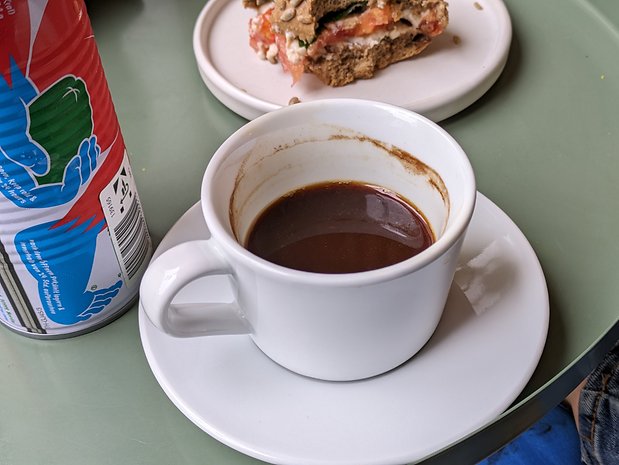

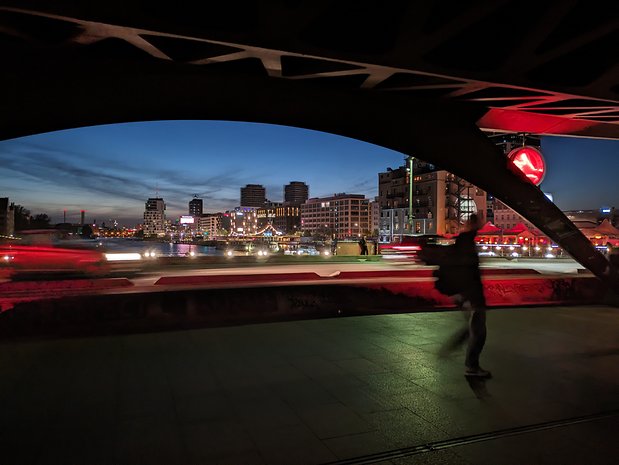
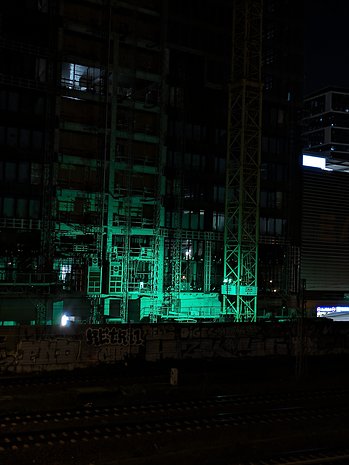
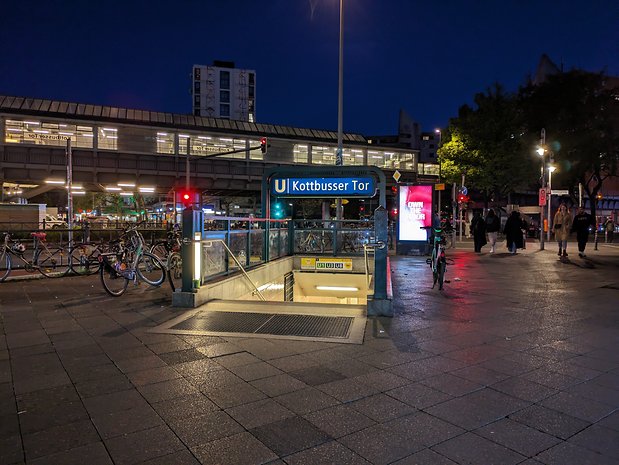
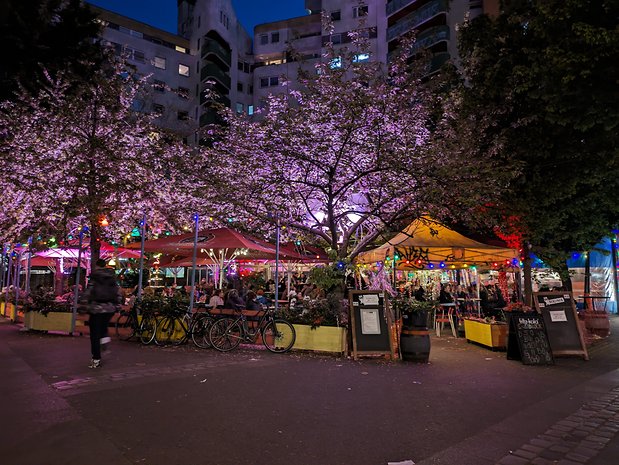
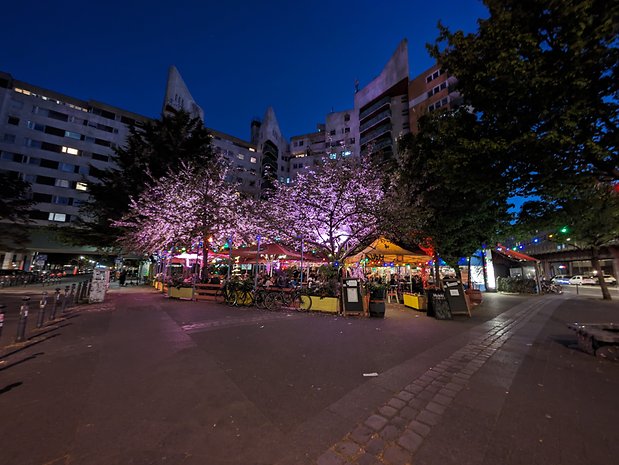
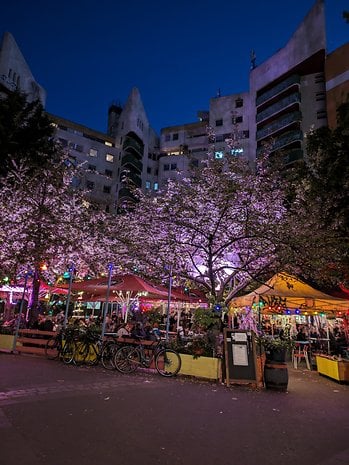
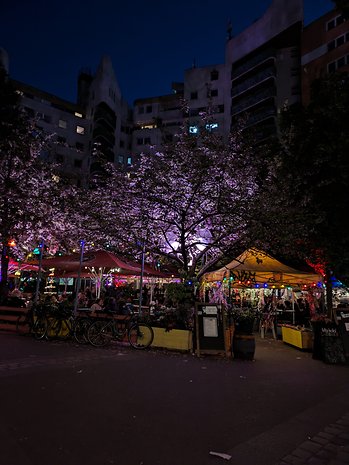
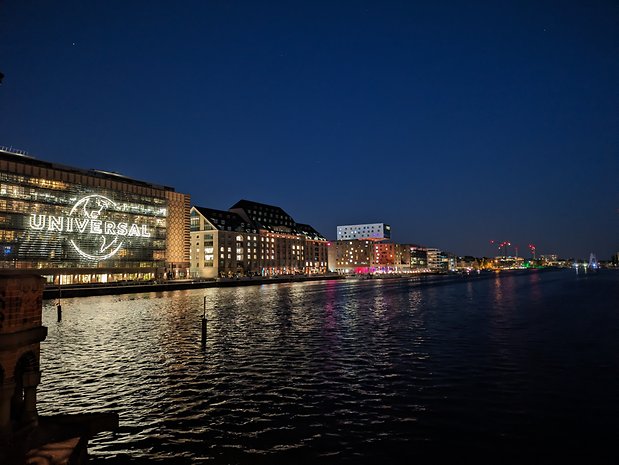
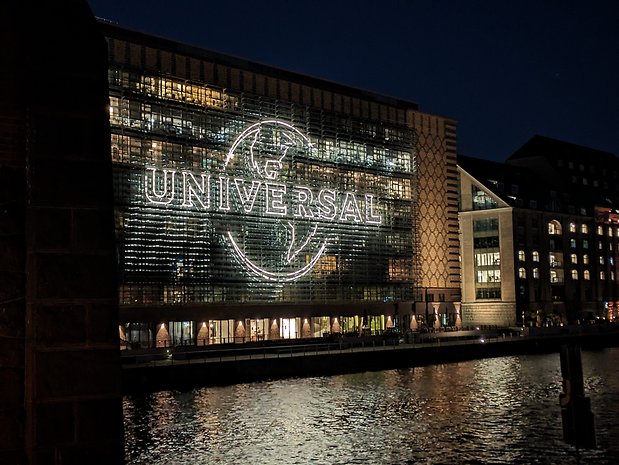
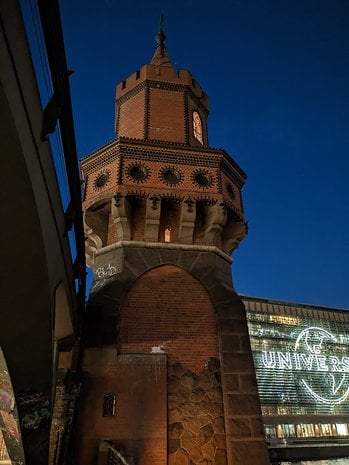



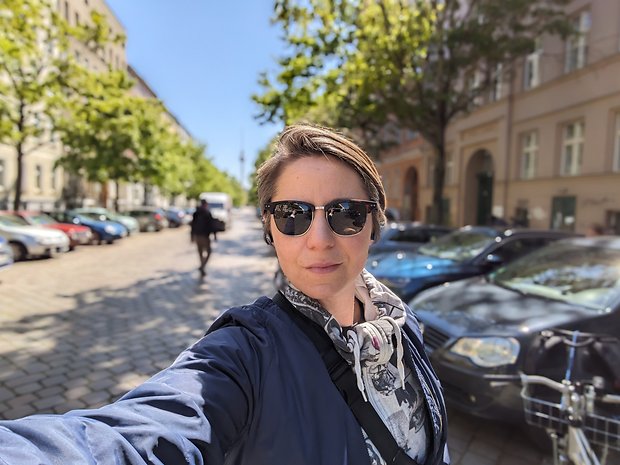
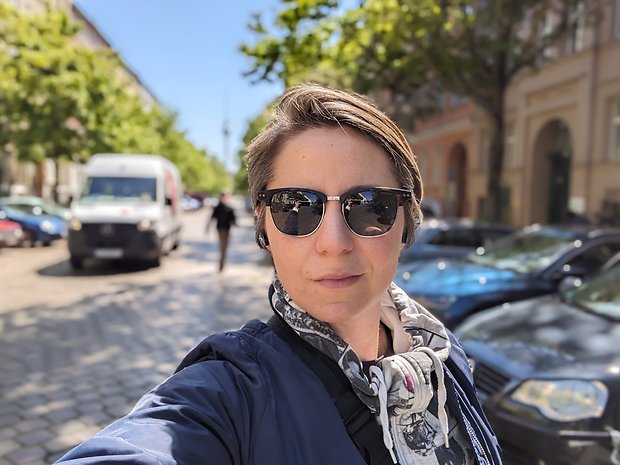


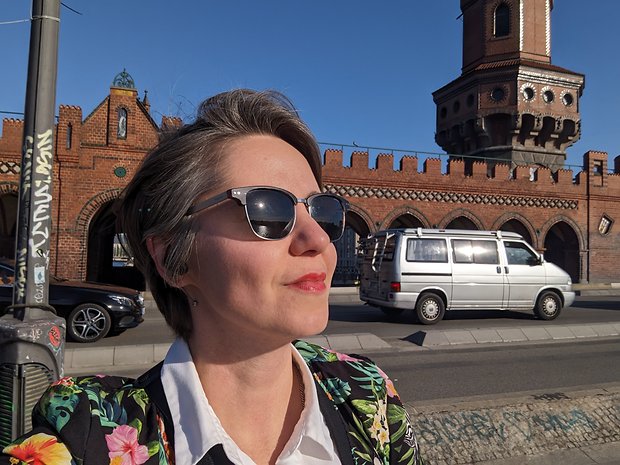

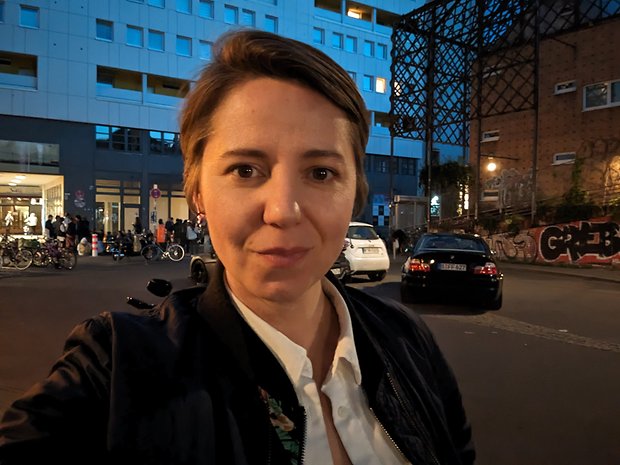
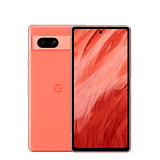
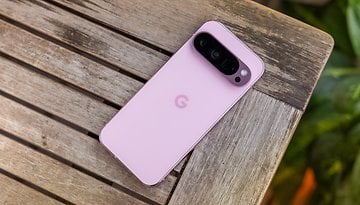
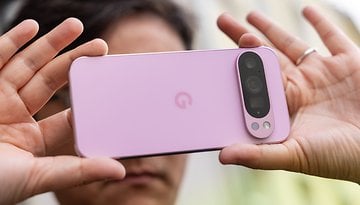
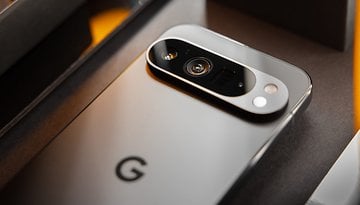
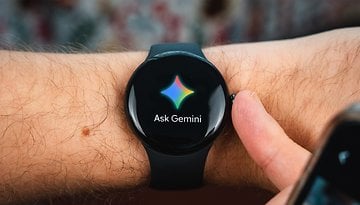
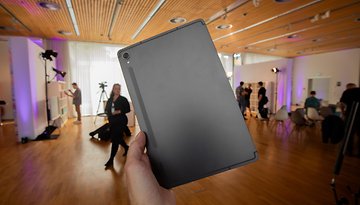
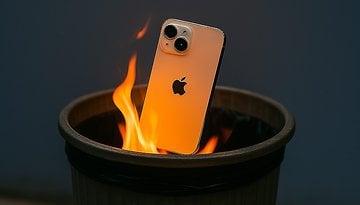


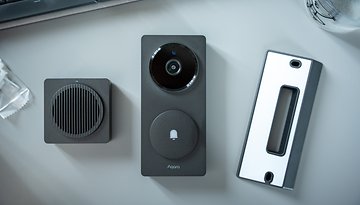
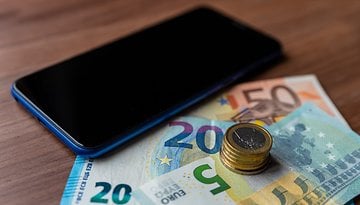




Really good article, thanks!
An acquaintance of mine takes pictures on a pixel (he is a professional photographer) and the pictures turn out unreal)
Wonderful post
I think Xiaomi is the best one to capture very nice photos without spend a lot of money.
How narrow minded can you be, every true photographer online says this new Sony Xperia 1 ll has the best camera by a mile, they all say it every single one. But, tech reviewers stick to what they are spoon fed, very narrow minded. People read these reviews before they spend $1k+ on a new smartphone, waste of time, by the way I have a Blackberry.
this article is great with all the relevant information required for mobile photography.thanks
I have a Sony alpha 6000 and love using it for taking pictures. Bottom line is I always have my phone with me which I probably take >90% of my pictures with. So I have both sides covered. The other key feature I love with my phone is I can shoot video and take pictures at the same time. Just my two pfennig...
-
Admin
May 22, 2020 Link to commentIf your interest is photography then you need a real camera
no, unless you can shoot with a "real" camera by taking it out of your pocket, point towards something and take great night pictures without a tripod... but since smartphone cameras have become more versatile and far superior in processing, that statement is not true anymore
I take night photos without a tripod. If your d-slr/lens has great stability, it can be done. I've taken some fantastic moon photos without a tripod. Now, if you are talking more than 1/2 second exposure, yeah, you'll need a tripod.
If you want the best pictures buy a DSLR camera. No smart phone with a tiny lens can ever compete with a real quality camera. They can replace the old point and shoot camera but that is about it
didn't know a DSLR can make phone calls or browse the internet..or did i miss something in an article talking about "camera PHONES"?
You've managed to pick no phone of interest to me. A camera isn't everything.
Samsung phone models take truly superb photos and videos. The quality is excellent!
S9+'s Variable apeture is fire tho
i think Huawei is the best one to capture
Another vote for the Mate9, VERY good camera. Using Camera FV-5 or Open camera, it does very well.
ZTE Axon 7
20 Megapixel Back
#nuffsaid
What about the LG G5 camera?
The Mate 9 is doing very well, and also the nubia Z11, both have excellent cameras, but I can not say how good they are in comparison with the Pixel or Galaxy S7. But anyway they are better then my old S6 edge plus and the honor 5x :)
Really no LG phones. This is a very biased incomplete article.